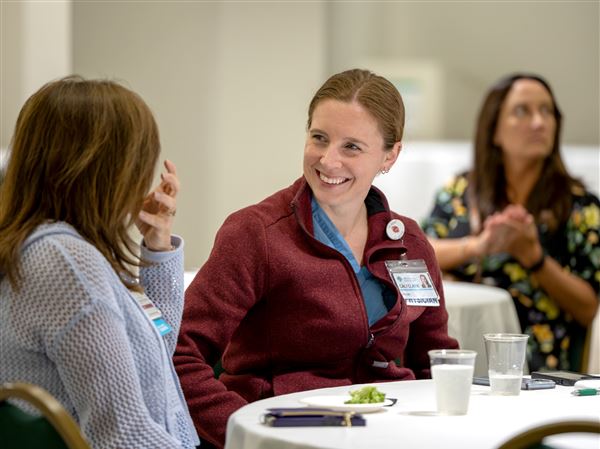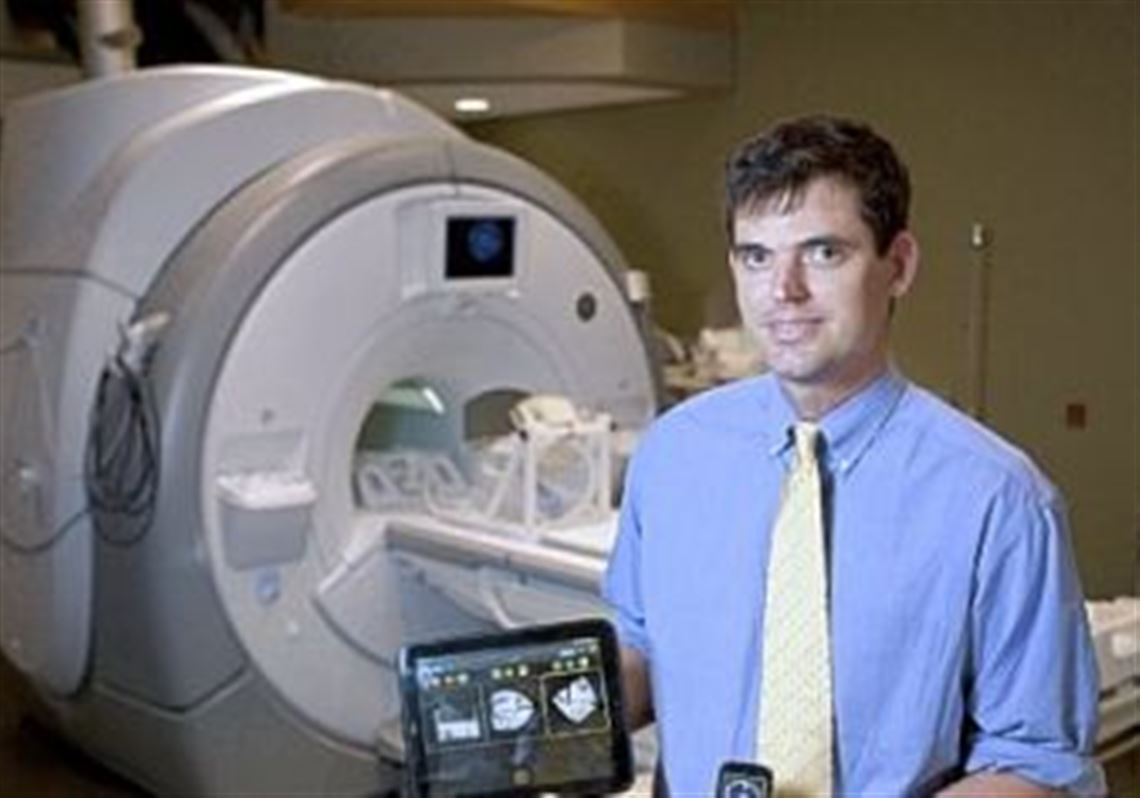SAN JOSE, Calif. -- The future of webOS -- the innovative mobile software that three successive CEOs at Hewlett-Packard have struggled to make into a profitable product -- may lie somewhere in the windowless rooms of a Stanford Medical School radiology lab.
That's where researcher Andrew B. Holbrook is working on ways to operate a cutting-edge, million-dollar medical scanner with the help of a discontinued model Palm smartphone that he bought online for $50.
HP had bigger things in mind for webOS when it paid $1.4 billion to buy Palm two years ago: Executives talked about putting Palm's critically praised software on millions of phones, tablets and even PCs. But after a predecessor abruptly abandoned those plans, CEO Meg Whitman decided in December that HP would release the code under an open-source license, which means other companies and individuals such as Mr. Holbrook are free to come up with their own uses.
While many experts say it's unlikely the software will ever supplant more widely used mobile operating systems from Apple or Google, analysts say webOS could find a new life if developers use it to create applications for specialized automotive, industrial or medical equipment, such as Mr. Holbrook's MRI scanner.
Stanford's Mr. Holbrook, who has a Ph.D. in bioengineering and a tinkerer's enthusiasm for writing code, has been working with other researchers on using the MRI in conjunction with new treatment techniques for removing tumors or unwanted cells without invasive surgery. But as a sidelight, he's used webOS software to create new applications for tracking and adjusting some of the MRI's functions.
Mr. Holbrook uses those apps on a modified phone, as well as an HP TouchPad tablet, from which he's removed most of the metal components so he can take them into the room where patients are treated with the massive magnetic scanner.
That can save time, he notes, and perhaps let doctors and technicians interact more closely with patients. Most MRIs are typically operated with more bulky computer equipment that sits outside the heavily shielded scanner room, both to protect the computers from the powerful magnet and prevent them from causing radio frequency interference with the MRI image.
"These are incredibly useful tools," Mr. Holbrook said of the webOS gadgets. Mr. Holbrook added that he doesn't really want to go into the software business himself, but he's hoping that some health care company or medical device-maker will eventually pick up on his work.
Whether that creates any kind of financial return for HP remains to be seen.
"It's a head-scratcher," said Al Hilwa, a software analyst for the IDC research firm. "Clearly HP has decided they're not going to be able to make money on webOS right away. But it doesn't hurt to have a small ecosystem of developers who are still working on it out there."
HP acquired Palm in a 2010 deal negotiated by then-CEO Mark Hurd. His successor, Leo Apotheker, touted the first webOS tablet as a rival to Apple's iPad. But when initial sales proved weak, Mr. Apotheker abruptly halted production on new webOS devices last summer.
Top HP executives, however, insist they're still enthusiastic for webOS. Ms. Whitman told the San Jose Mercury News in December that HP may one day produce webOS tablets again. She recently told the industry news outlet CRN that the software has "huge advantages" over both Apple's iOS and Android, and that she still believes HP can build a business around it.
HP says it isn't ready to disclose plans for a webOS business. But Sam Greenblatt, a veteran HP manager now helping lead the webOS group, hinted in an interview that he expects other companies will find ways to use the software.
"I'm not going to tell you who's going to make hardware or who's not going to make hardware, but I don't believe webOS is going to be an orphan for long," he said.
First Published: February 26, 2012, 10:00 a.m.
















